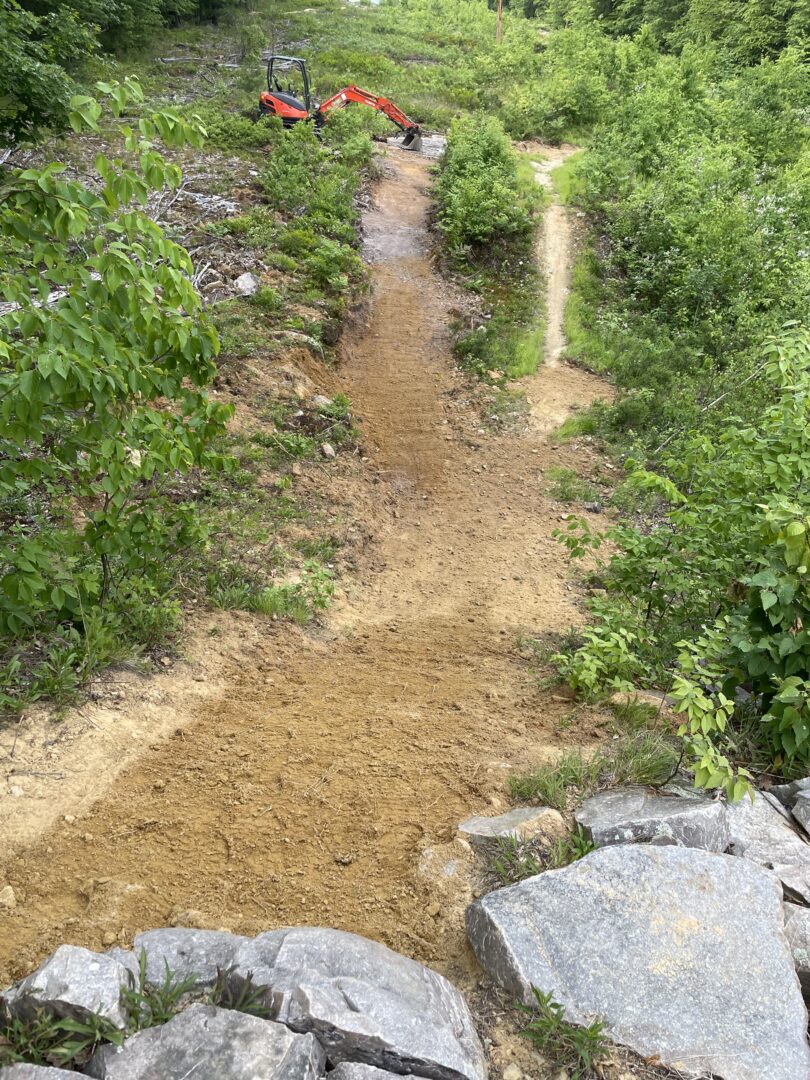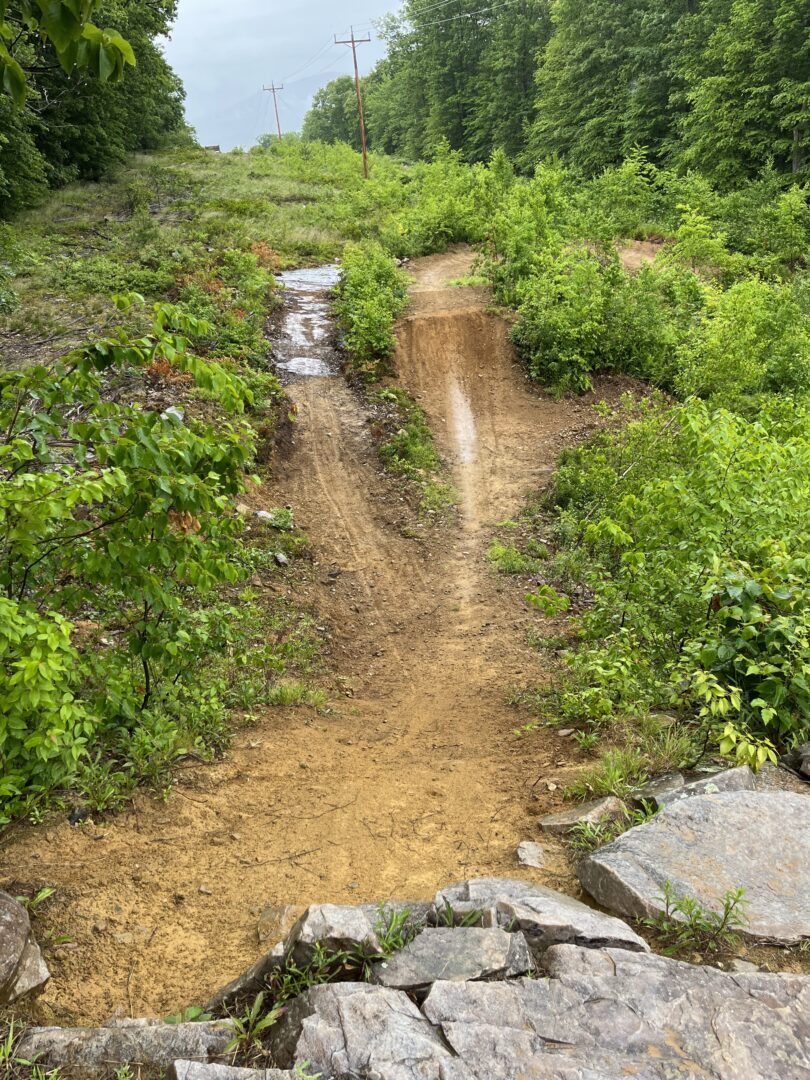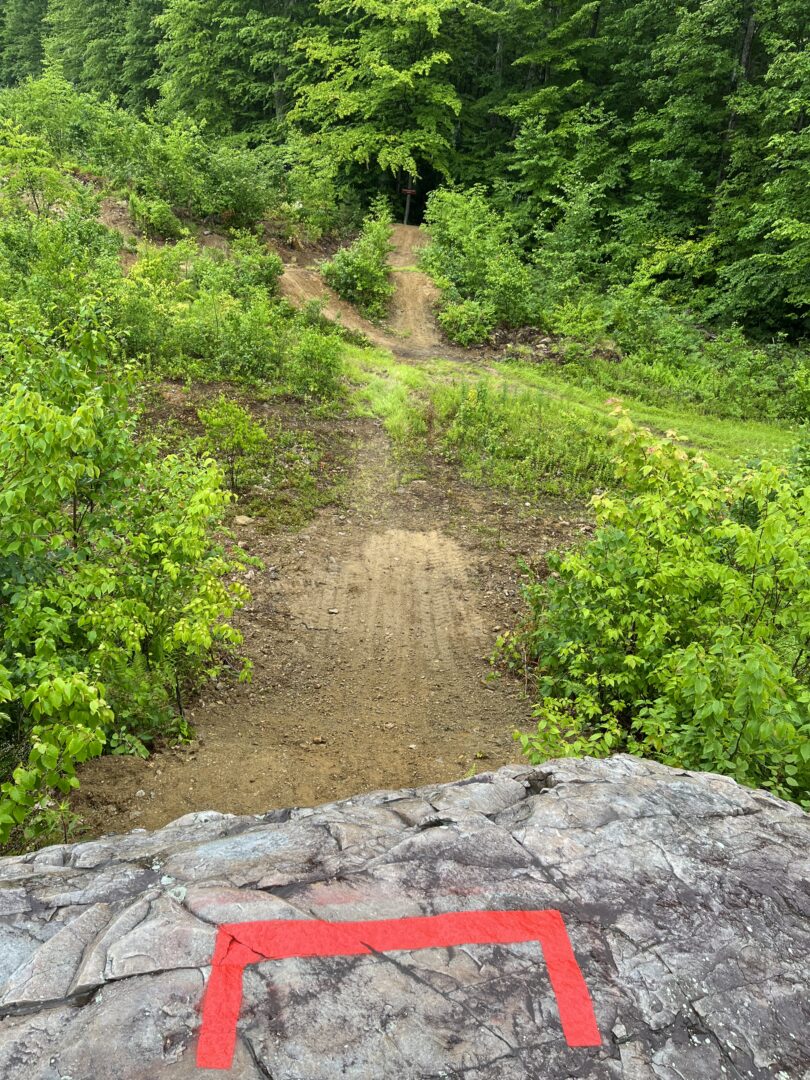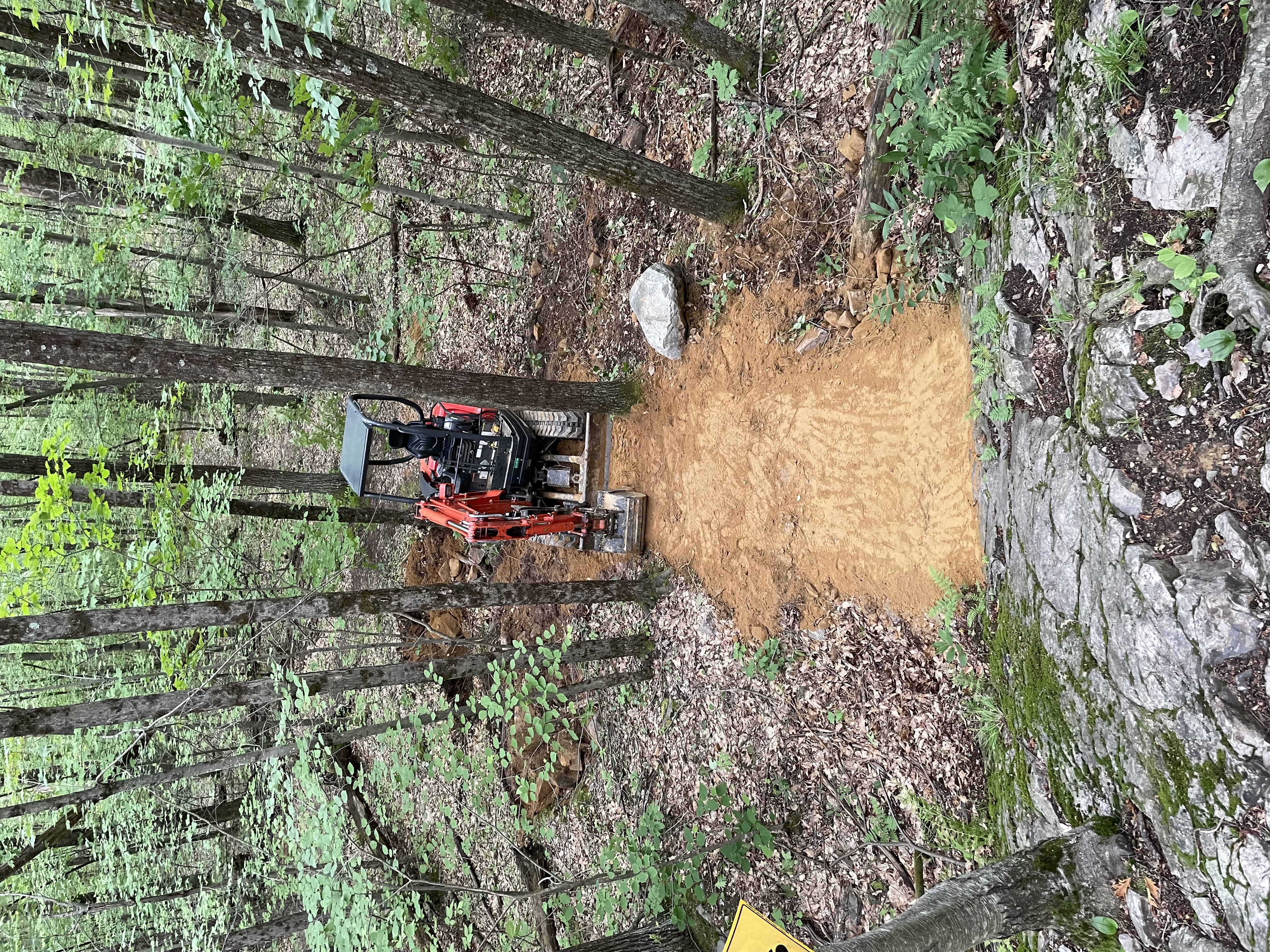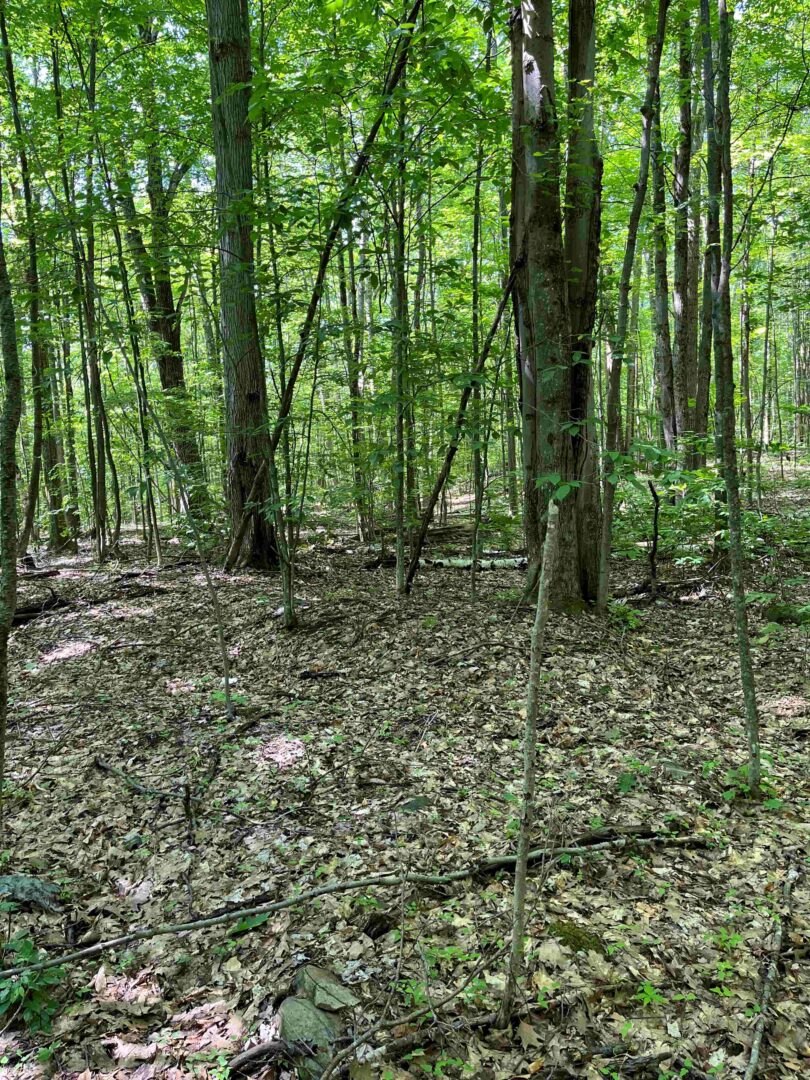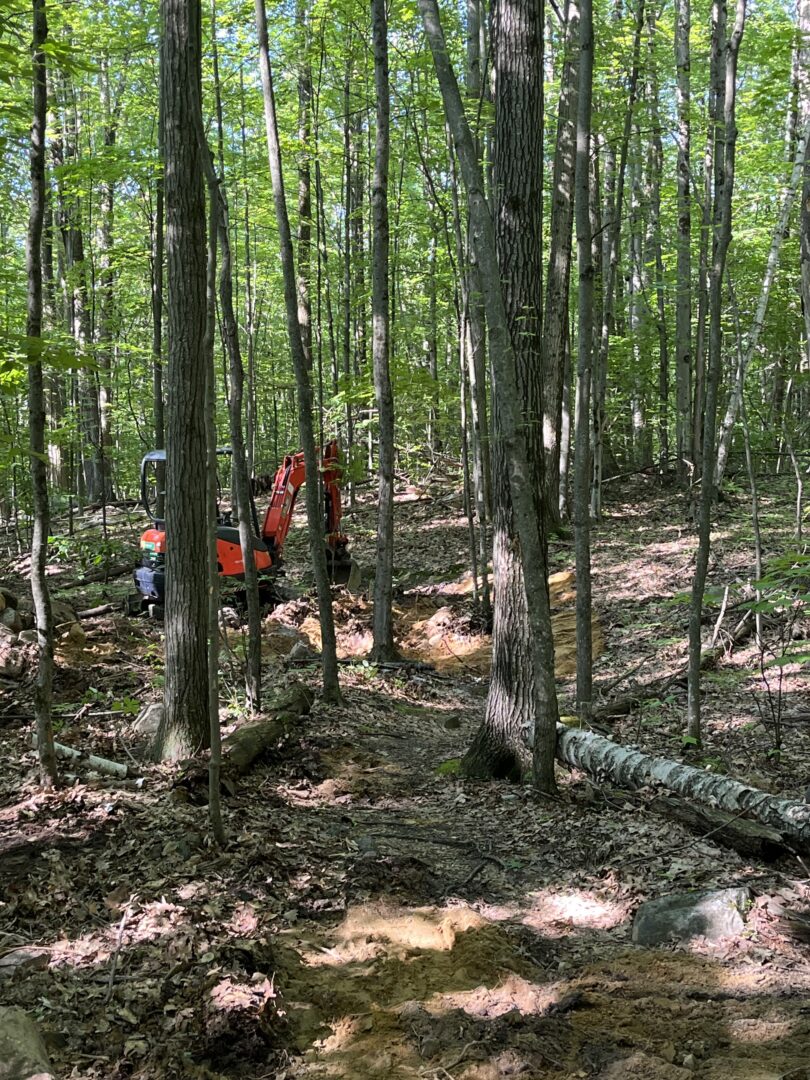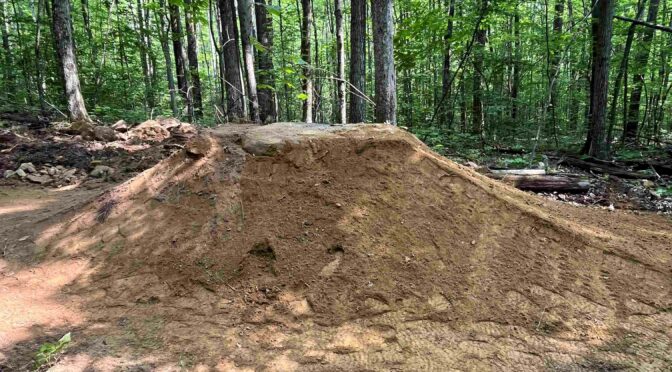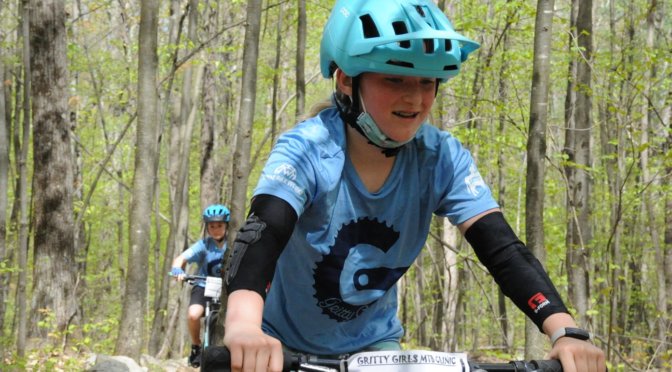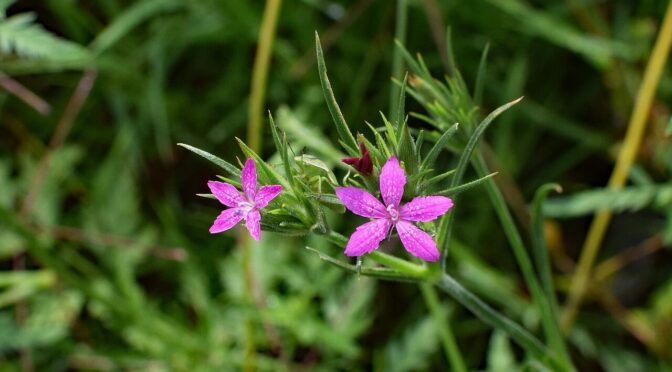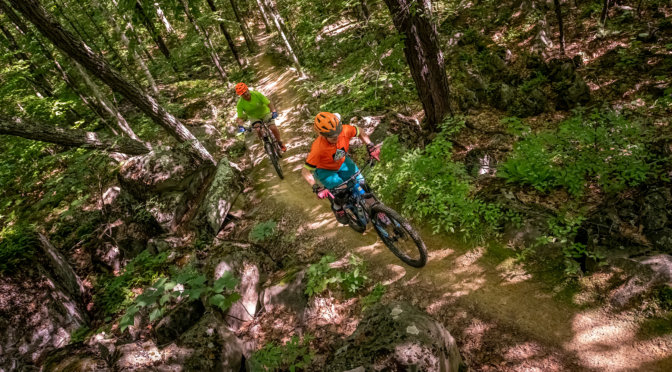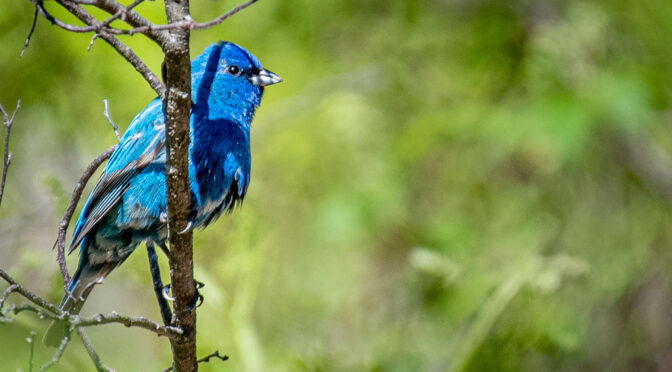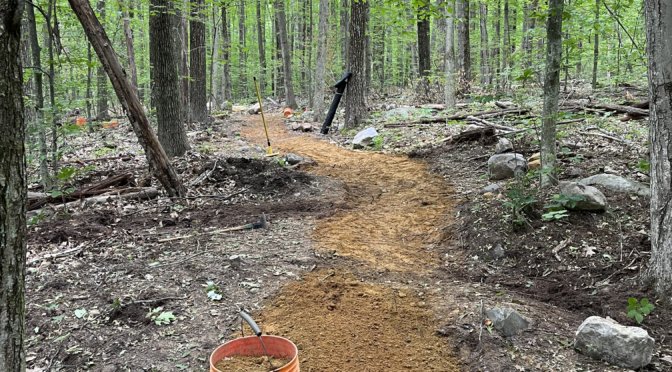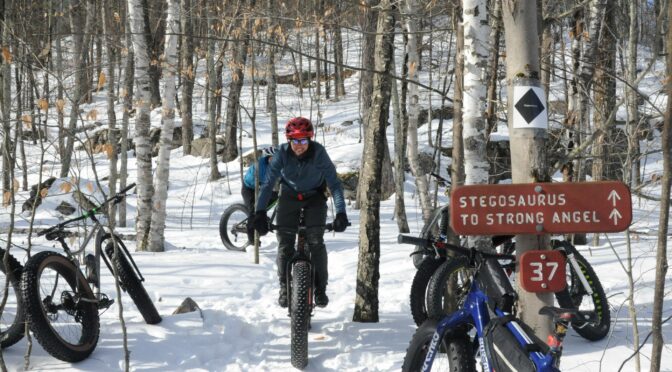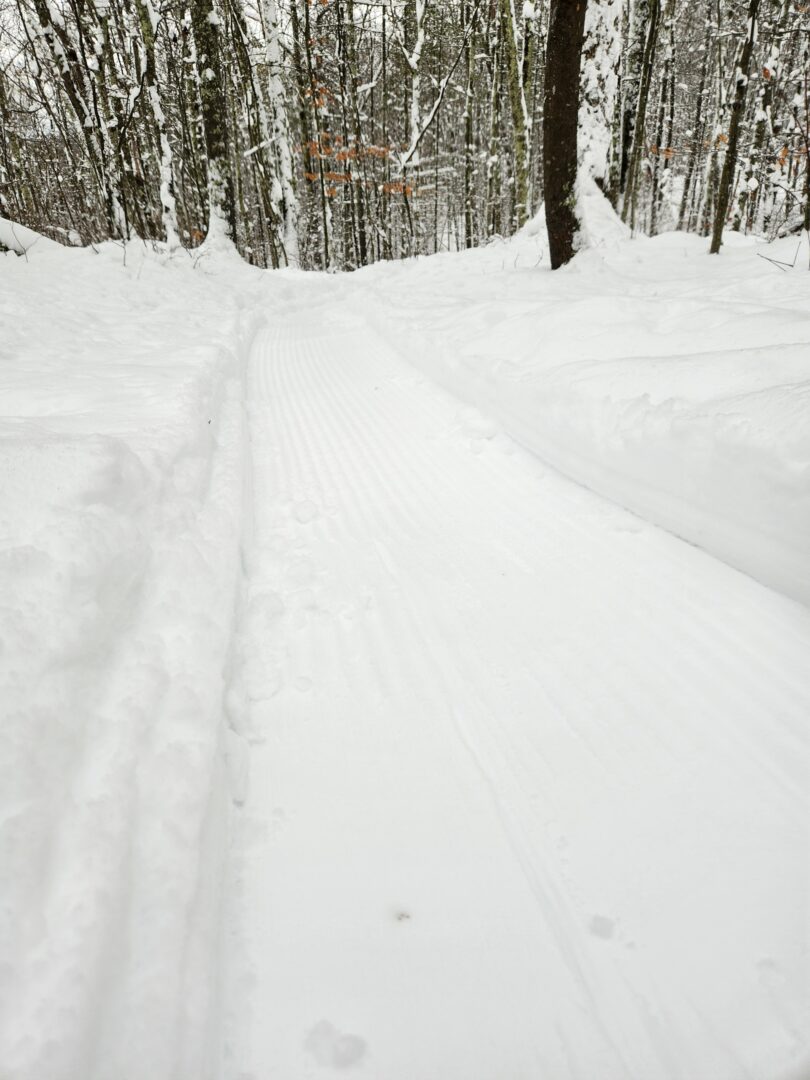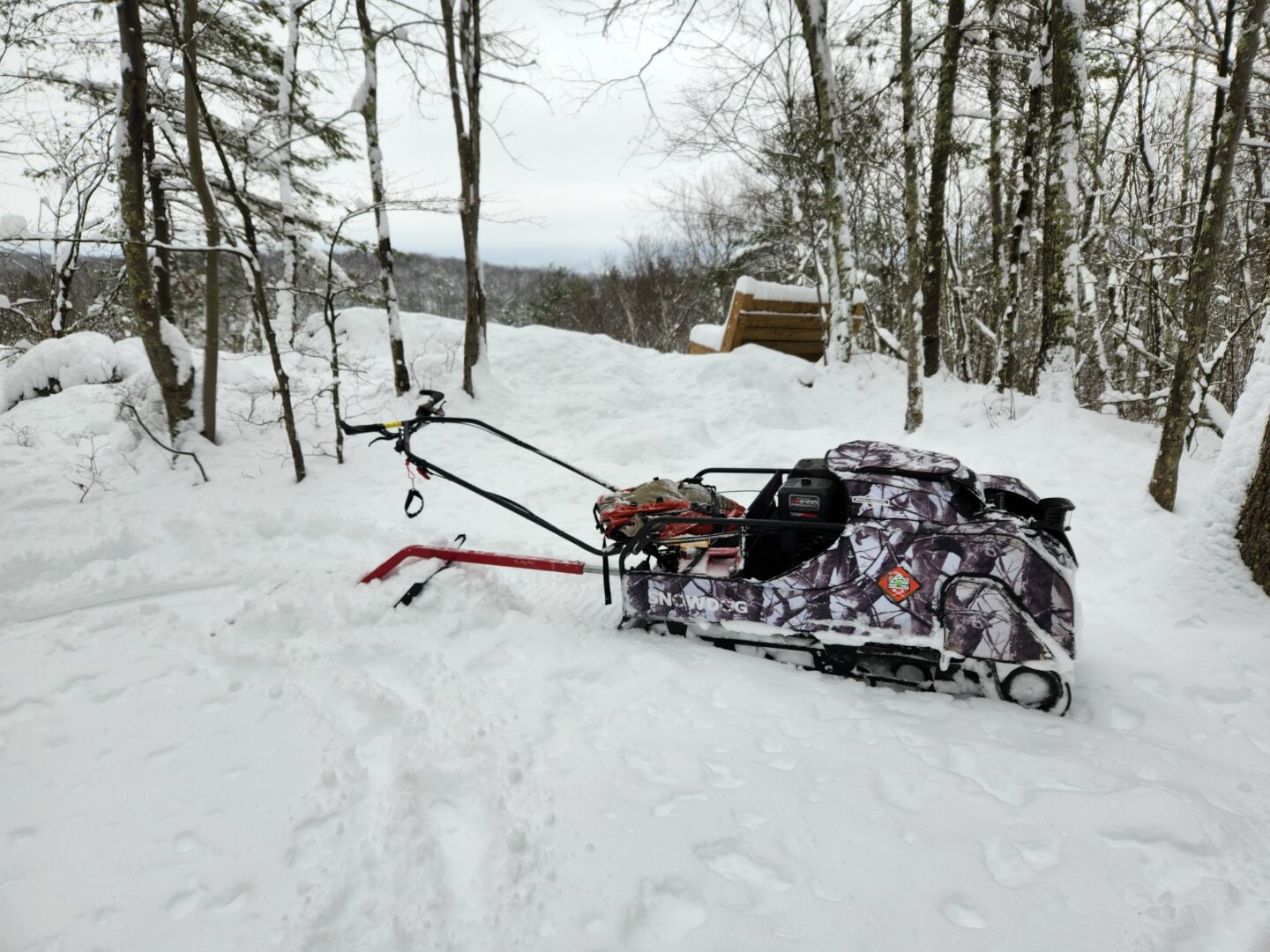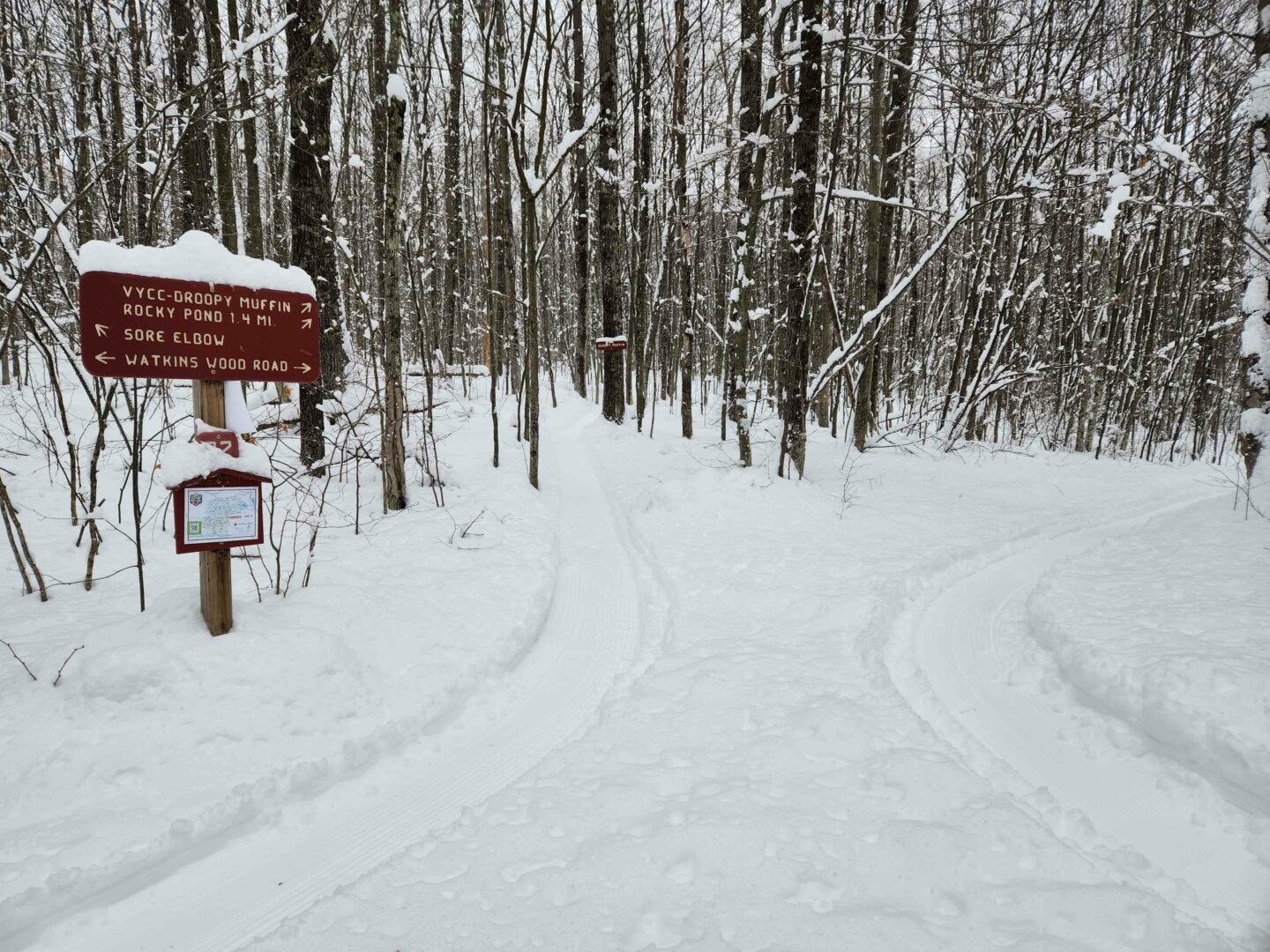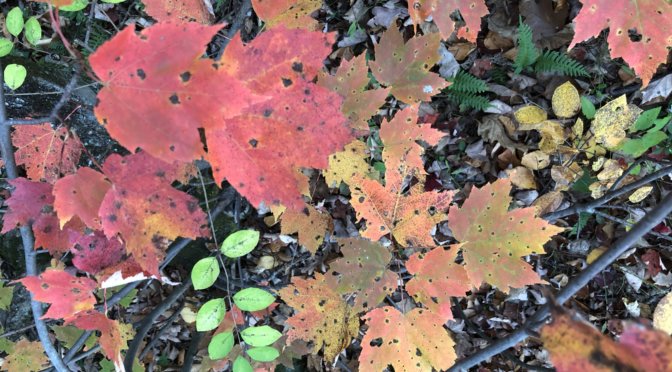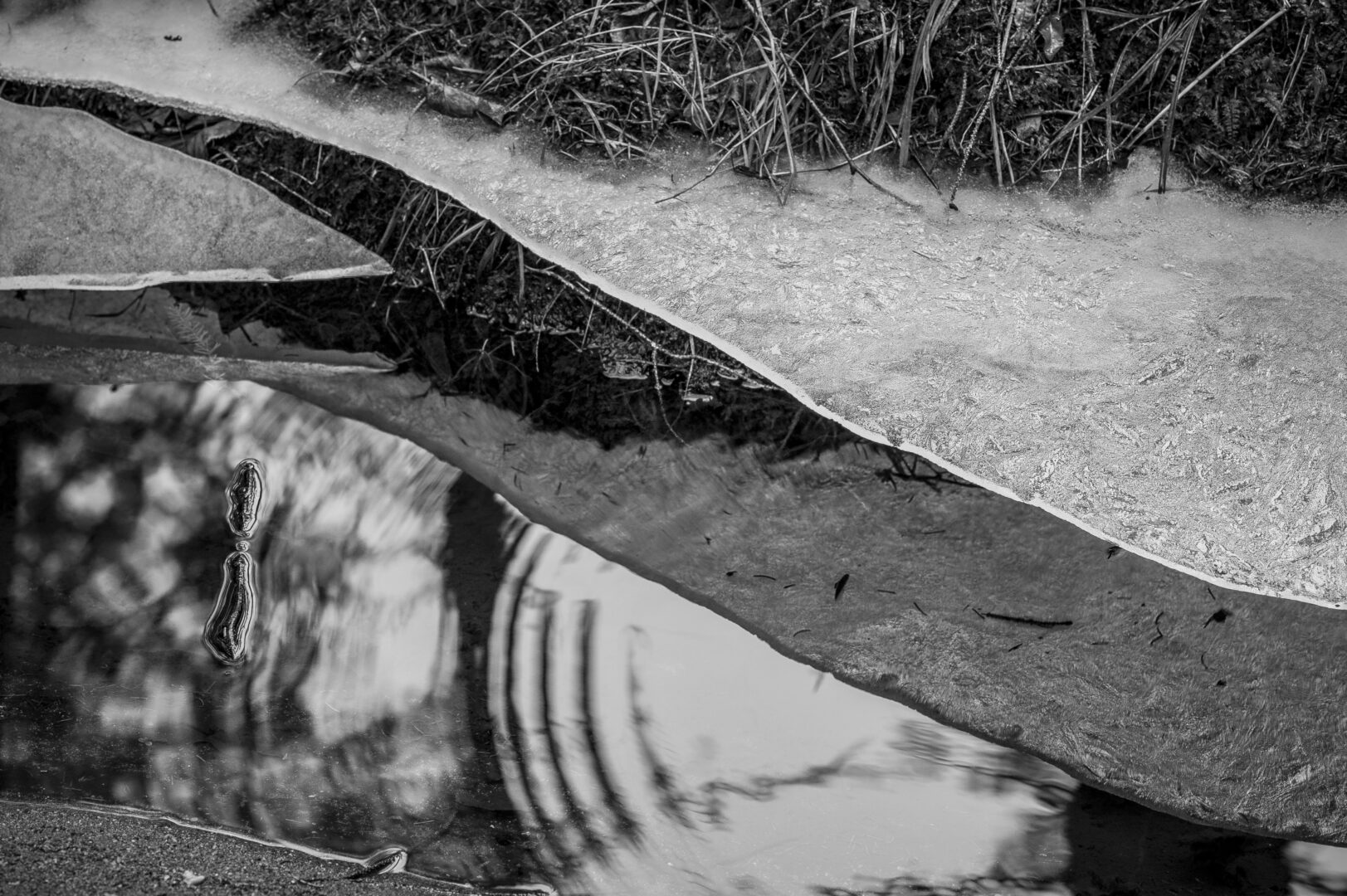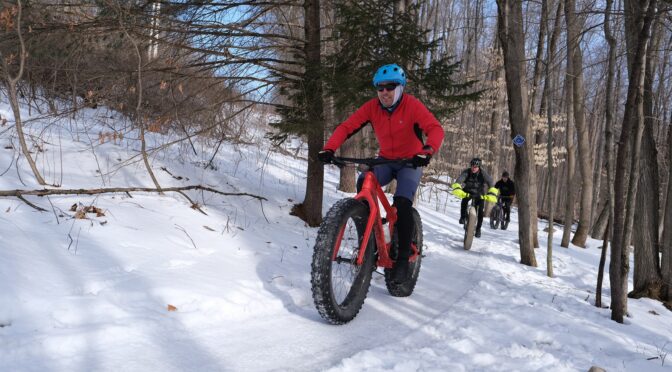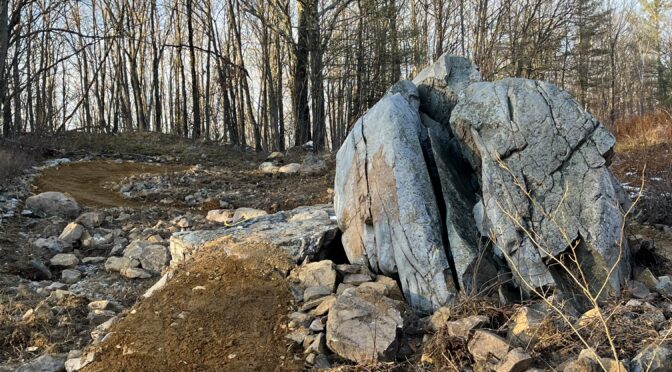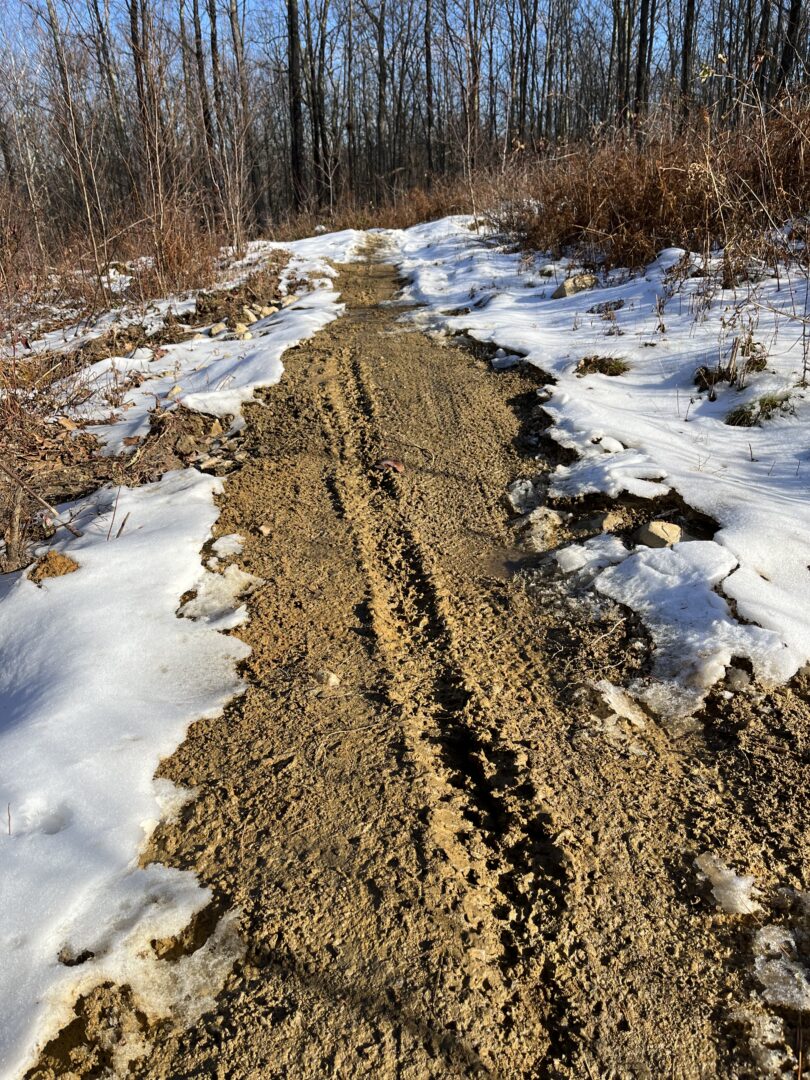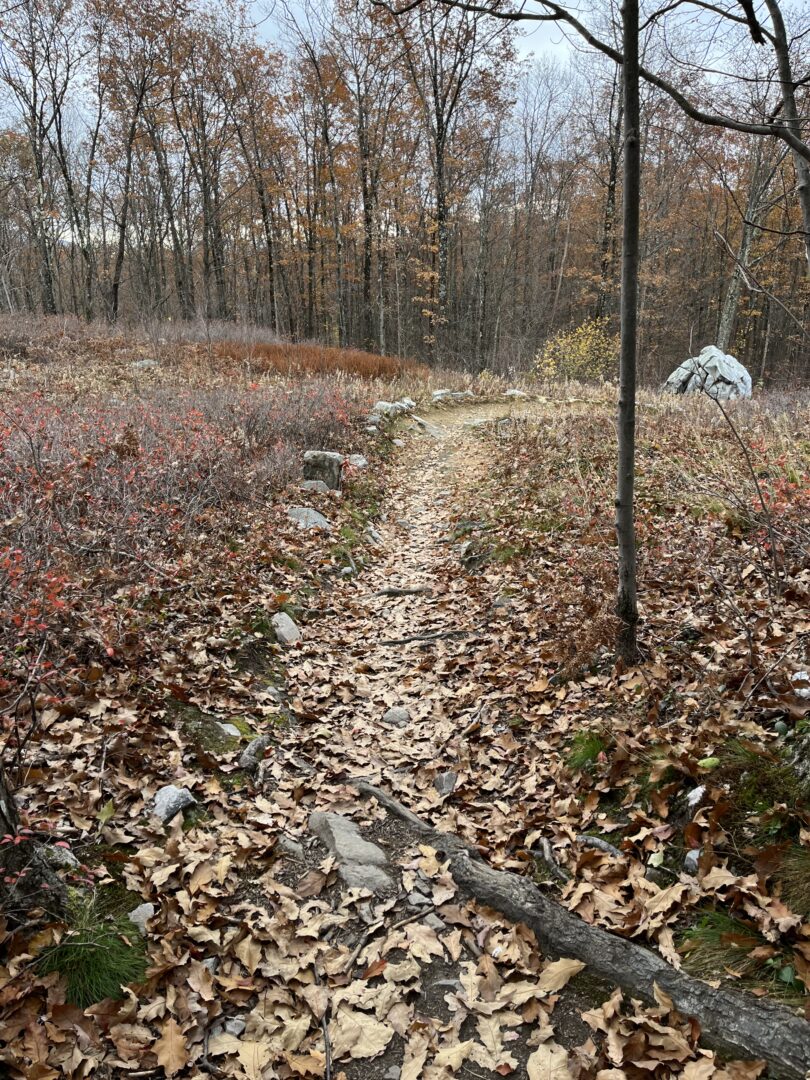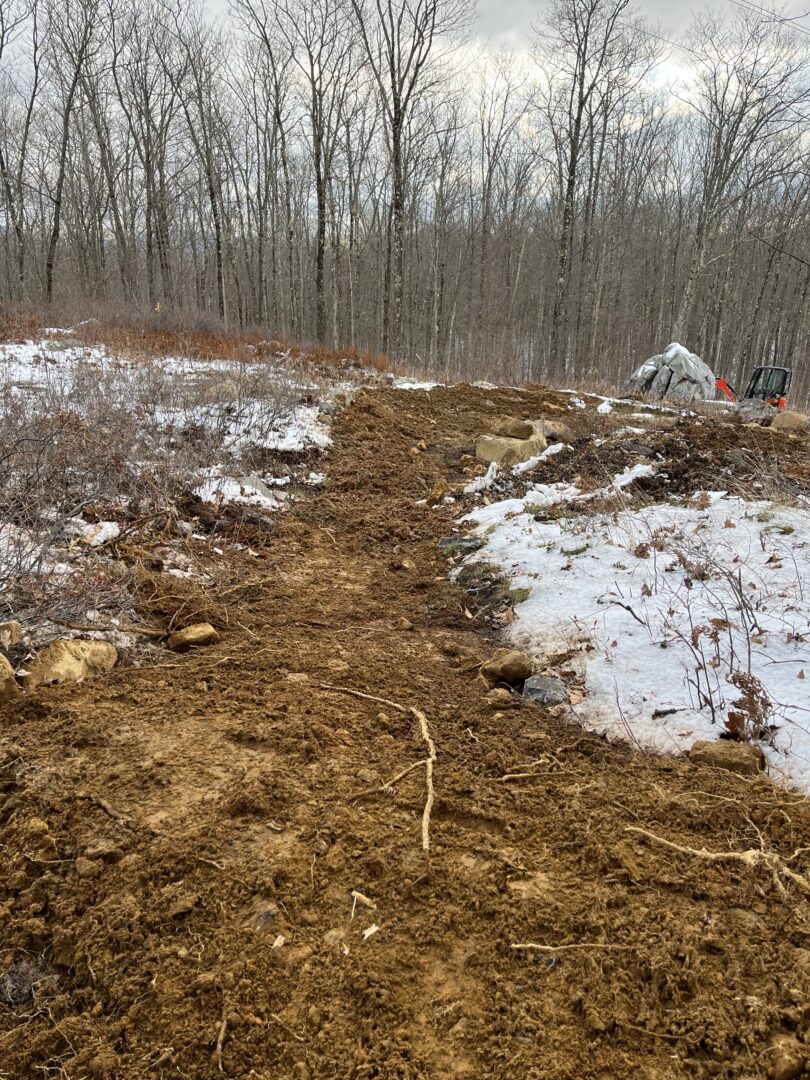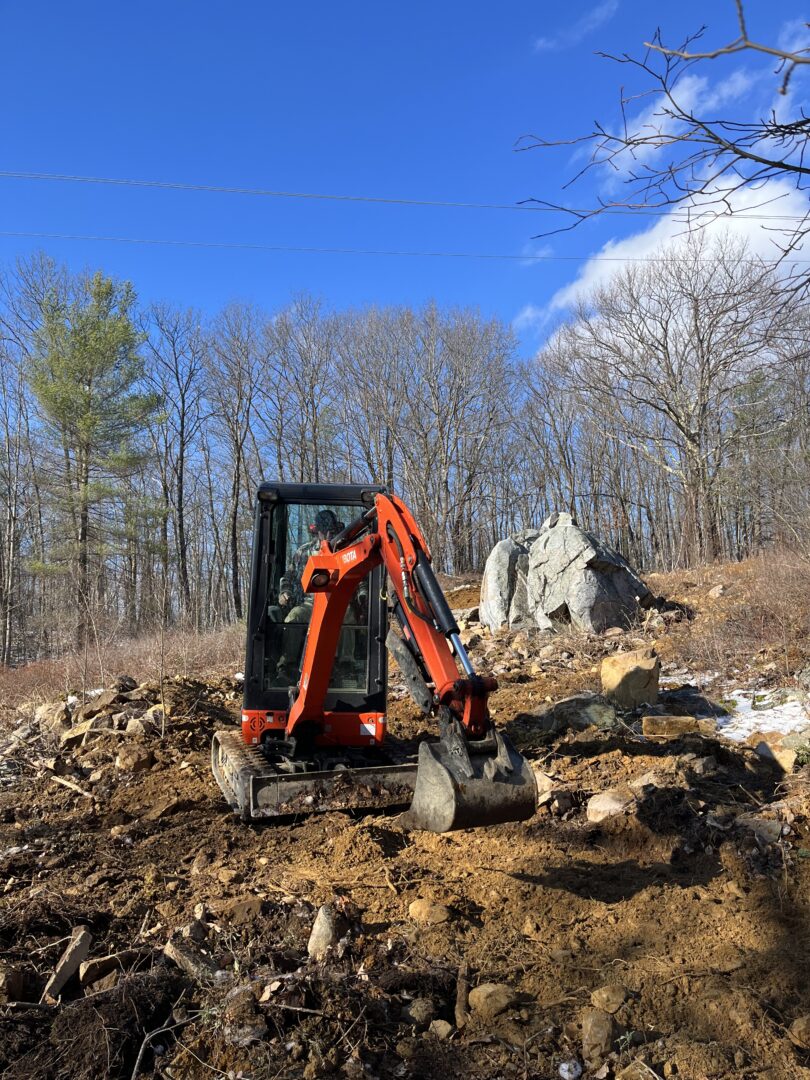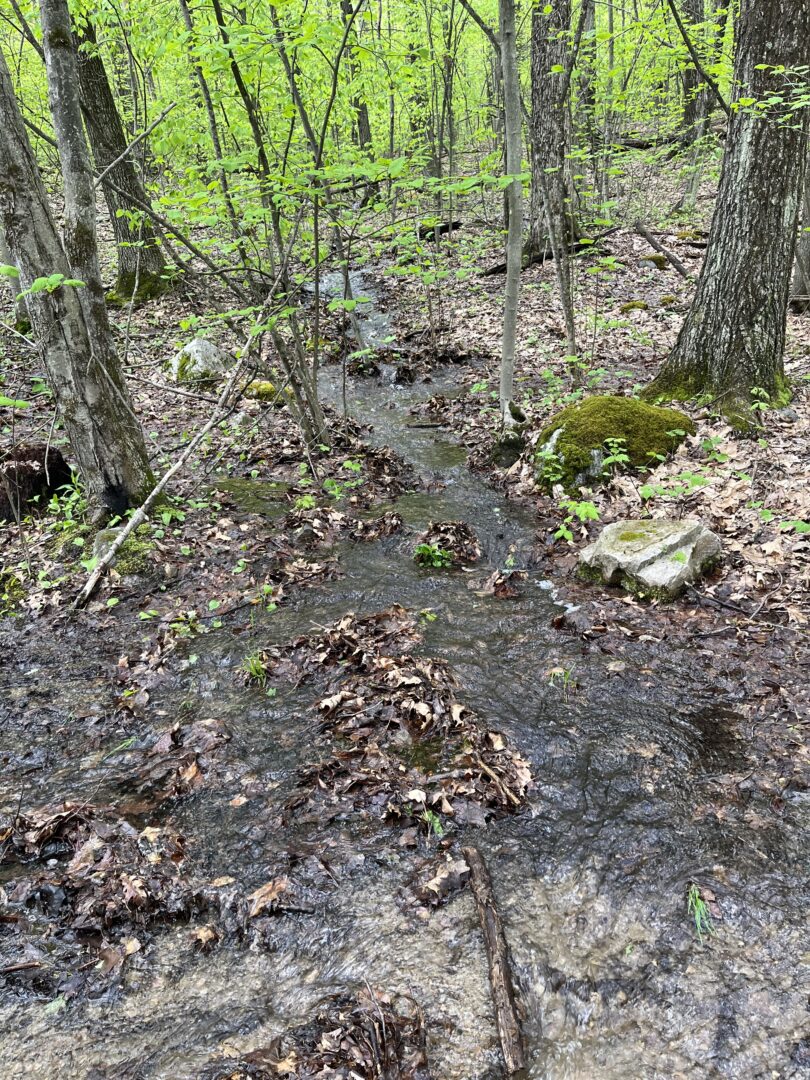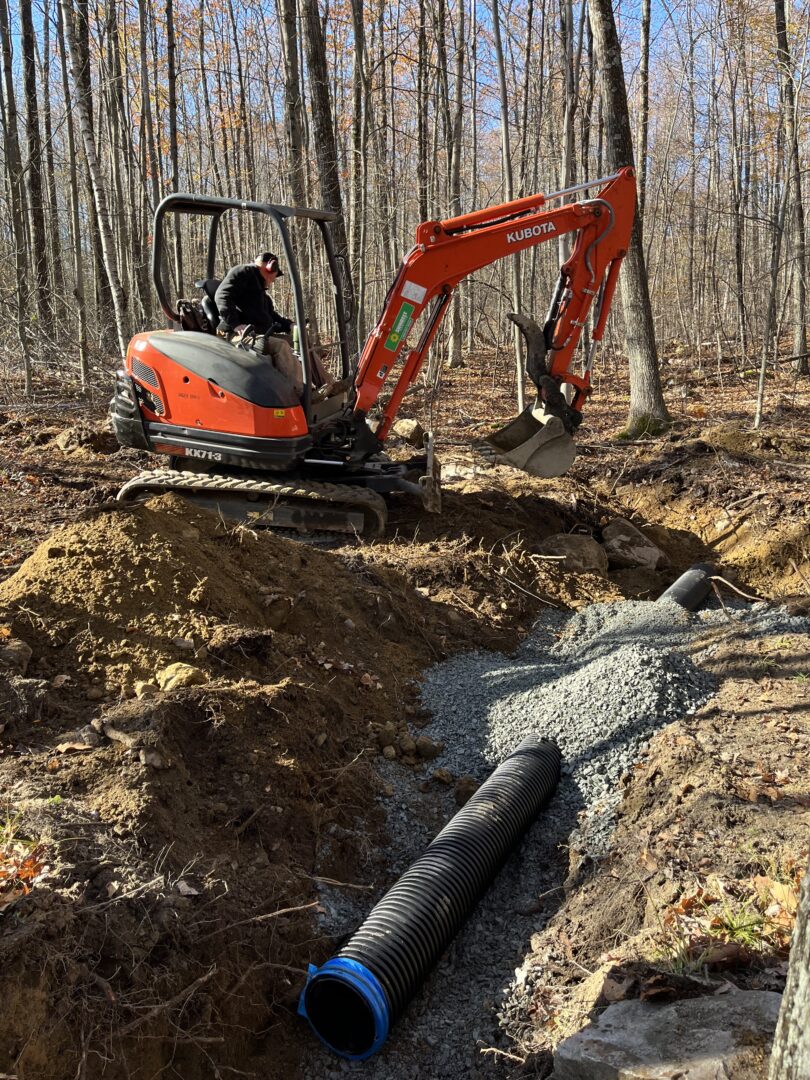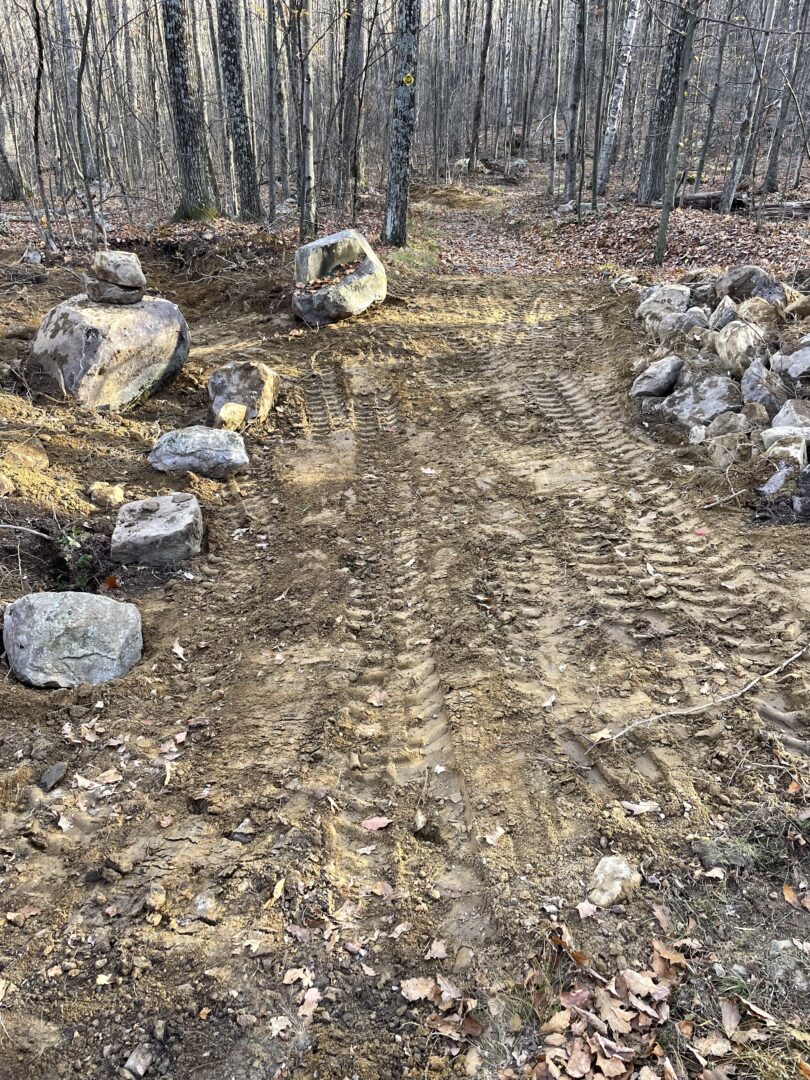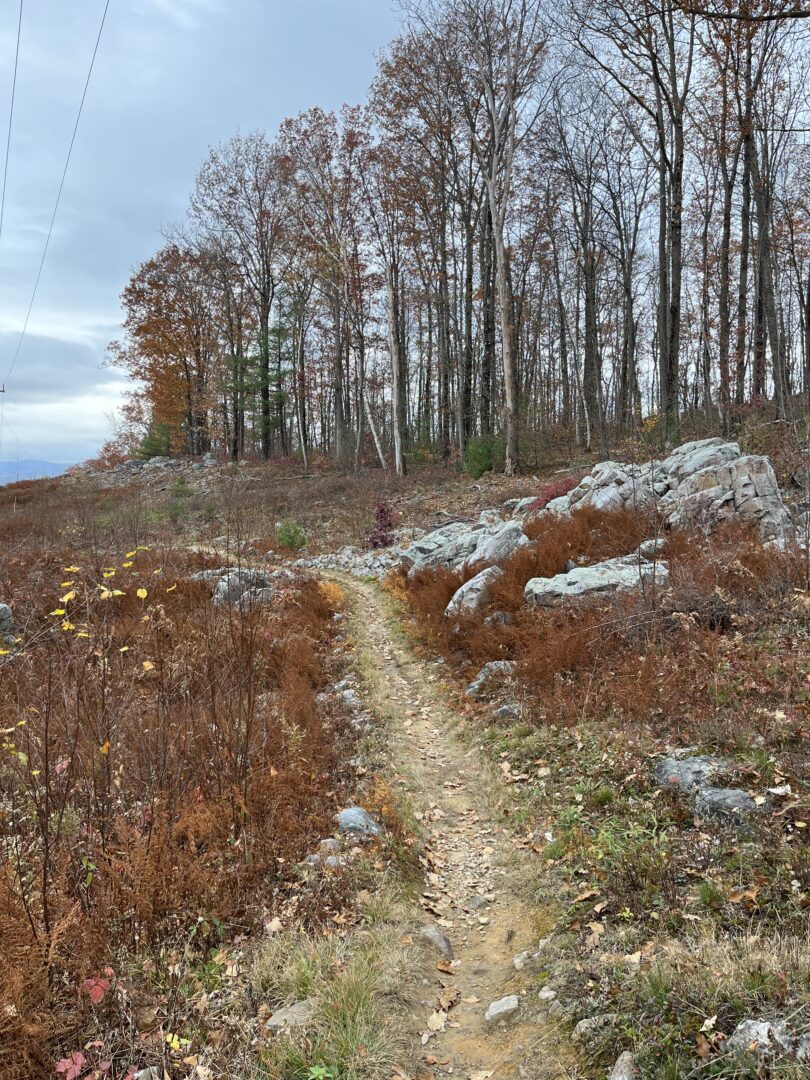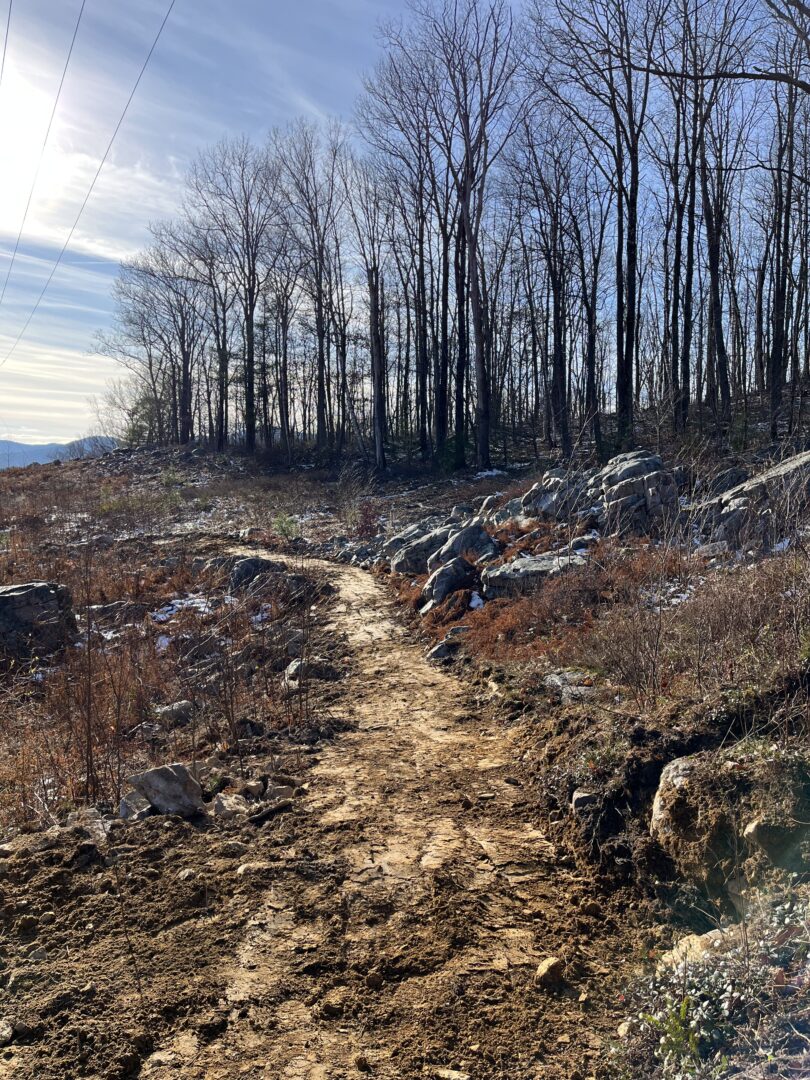Tom had another great adventure in the park this spring:
The first day of spring found Rocky and Muddy ponds both still covered in ice. A crow, Northern Cardinal and Tufted Titmouse were the only birds seen on my walk that day. But I had the most fun setting up my trail cam in a rocky cliff face along the Carriage trail in an attempt to capture video of what I believed was a porcupine denning in the rocks. Porcupine tracks leading to the area, porcupine scat, and distinctive porcupine chew marks on nearby trees all led me to believe a porcupine was denning in the area.
A few days later on March 23rd, I went on an evening walk and, while standing along the shore of Rocky Pond, observed a dozen turkey vultures soaring high above the Ledges there, and then start to slowly descend one by one onto and amongst the rocks. This is something I have observed many times over the years, always around the Spring Equinox. It makes me wonder if that area was closed to the public(something I am NOT proposing) would turkey vultures nest there? This day was also the first time I observed robins in the park. And, of course, gray squirrels were busy scurrying around.
The next day, I noticed that most snow was now gone from the lower trails, but increases as you go up in elevation. Bird courtship behavior was becoming more evident, with two hairy woodpeckers observed fighting each other over a nearby female hairy woodpecker. It was the first day I felt that spring had finally arrived. Red-bellied woodpecker, hairy woodpecker, downy woodpecker, robin, tufted titmouse, black-capped chickadee, and white-breasted nuthatch were all observed. Both ponds were still completely frozen over with the exception of a small band of open water along Rocky Pond, and near the beaver dam on Muddy Pond. Eastern newts were seen in the open waters. Two pairs of Canada geese were seen in the open waters of Muddy Pond.
By March 26th, recent mild temperatures helped to melt snow, and there was much water flowing into Rocky Pond from the stream flowing under the walk bridge. The following morning walk was absolutely beautiful with my first seasonal sighting of chipmunks and Eastern bluebirds checking out the bird houses near the trail head. Song sparrows near the trailhead, red-shouldered hawks and broadwing hawks flying overhead, mallards and Canada geese at Muddy Pond, and a small pearl crescent butterfly flying about, all suggested that the great northern migration was underway.
On April 1st, I observed my first wild flower in the park, the Coltsfoot flower. Always the first flower to appear. Also observed my first mourning cloak butterfly, one of the first butterflies to appear in the park each early spring. Wood ducks, mallards, and Canada geese were seed at Rocky Pond and the Rocky Pond outlet area, a place I am sure wood ducks nest each year, though I’ve never seen an active nest there.
On April 3rd, Rocky Pond was finally ice free, and the forest was very quiet with only hairy woodpeckers and tufted titmouse being observed.
April 4th found nesting Canada geese, a dozen common mergansers, and a sleeping beaver all at Muddy Pond. A beautiful deer was seen near the 16A trail sign, and my trail cam showed a porcupine at that site on the Carriage Trail I had mentioned earlier.
A few days later, Eastern phoebes and a golden-crowned kinglet were seen for the first time in the park, and a pair of Osprey were seen at their nest platform at Muddy Pond. Eastern newts were mating at Rocky Pond.
As the days went by, more and more signs of spring were seen. Yellow-bellied sapsuckers had returned, a Cooper’s hawk was nesting in a tree along the 2nd Giorgetti trail, painted turtles were basking in the sun at Muddy Pond, and wood frogs were calling in the wetland area on the south side of Rocky Pond..
During the second week of April, trout lily started to appear on the forest floor, trailing arbutus and oak trees were now flowering, spring peepers and leopard frogs were calling, and hermit thrush were singing. Ring-necked ducks were seen at Muddy Pond. On April 15th I had the wits scared out of me when a ruffed grouse suddenly exploded into flight from a spot very close to where I was walking. So perfectly camouflaged are those birds.
During the third week of April, wood anemone, sedges, and barren strawberry were in flower.
A week later, I planted an American Chestnut tree seedling near Rocky Pond. The seedling came from a seed harvested by Mount St. Joseph Academy advanced biology students in the fall of 2022, and refrigerated until March of 2023. The students have been taking care of an orchard of 20 American chestnut trees since 2019 in the back of their school. In 2022, they harvested their first 27 viable American chestnut seeds, a first for a Vermont school.
During the first week of May you could find two-leaved toothwort, white violets, gay wings, bellwort, and wild strawberries all flowering. New birds seen included ovenbird and
yellow-throated vireo.
In Mid-May red eyed-vireos, house wrens, great blue heron, great crested flycatcher, and veery could be seen and heard, and flowers blooming included Solomon’s seal, false Solomon’s seal, wood betony, foam flower, and starflower.
During the last week of May I saw the beautiful northern oriole at Rocky Pond, the stunning indigo bunting at its usual nesting place underneath the power lines on Carriage Road near Rocky pond, and the breathtaking scarlet tanager in numerous places in the park.
Chestnut-sided warblers and American redstarts were back in good numbers. New flowers in bloom included common buttercup, early azalea, garlic mustard, and common cinquefoil.
During the first week of June I planted a new American chestnut seedling up at Rocky Pond to replace one that died over winter, and saw my first Viceroy and Eastern Swallowtail butterflies. The Viceroy is easily confused with the Monarch butterfly, but is smaller and has a black line across the lower part of its main wings.
During the second week of June you would likely see the following birds in the park: Song sparrow, Canada geese, great blue herons, wood ducks, common mergansers, tufted titmouse, American redstart, chestnut-sided warbler, red-eyed vireo, yellow-throated vireo, scarlet tanager, indigo bunting, Eastern towhee, ruby-throated hummingbird, catbird, yellow-bellied sapsucker, Eastern pewee, barred owls, hermit thrush, veery, and ovenbird. New flowers in bloom would include: common fleabane, ox-eye daisy, ragwort, sarsaparilla and moccasin flower.
On June 19th, I discovered a great blue heron nesting in the wetland area just behind the major inlet to Muddy Pond at the west end of the pond. I also saw my first White Admiral butterfly of the season..
That’s it for this issue. Please stay on the trails and enjoy observing the wildlife at Pine Hill Park.
